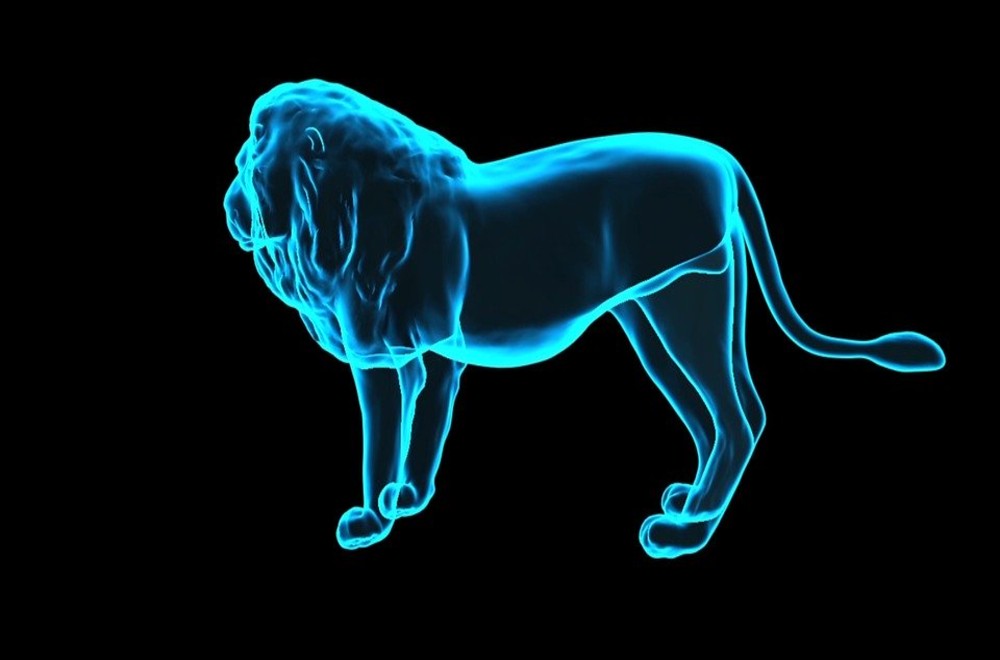A team of scientists has created a hologram that can be felt. The hologram is a massive improvement to what is in the market. The hologram will be much faster, long-lived and will not rely on principles that cannot produce tactile and auditive content.
Holograms have continued gaining popularity in all industries because of their applicability. They are now being used in medical sectors for illustrations, entertainment industry for performances and even in other the education system where they assist students in learning. This increase in their usability has resulted in massive investments for their improvement.
Ever since Princess Leia made a comeback in Star Wars with the help of holograms and technology, the technology has gained a massive following and popularity. People are now able to relate to the technology and know-how powerful it is.
More realistic 3D models of holograms
Reports in Britain now indicate that scientists are now able to develop even more realistic 3D models of holograms. These holograms can be seen with the naked eye and also felt without needing any help from virtual reality systems.
The researchers from the University of Sussex in southern England were excited to share the technology with the world. They indicated that they were making improvements to the current models of holograms.
The researchers said that the current holograms in use today could create 3D images but were slow, short-lived and relied on operating principles that cannot produce tactile and auditive content.
Hologram model delivers ‘acoustophoresis’
The researchers indicated that they created a Multimodal Acoustic Trap Display (MATD) to fill out this void from the current models of holograms. The result is they were able to deliver visual, auditory and tactile content simultaneously. This is what is know as acoustophoresis.
The team summarised its invention by saying,
Our system traps a particle acoustically and illuminates it with red, green and blue light to control its colour as it quickly scans the display volume.
This invention has created a lot of buzz around the entertainment industry, with speculations being floated about what can be achieved by using the technology. The buzz has also been significantly bolstered by the Sci-fi industry, which has utilized these concepts for long in their movies.
Featured image by Pixabay







